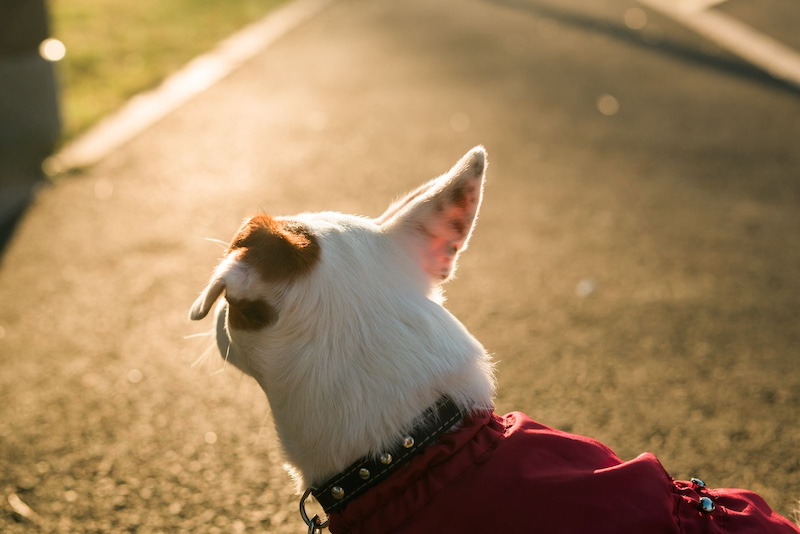Throughout history, dog breeds have evolved and adapted to serve various human needs, but not all have stood the test of time. Some breeds, once valued for their skills and characteristics, have disappeared entirely. Keep reading to explore the fascinating stories of 10 dog breeds that have gone extinct, highlighting their unique roles and contributions to human society.
1. Talbot Hound
The Talbot Hound, originating in medieval England, was a large, muscular breed prized for its hunting prowess. With its white coat and strong build, it was a favorite among nobles and hunters alike. However, as hunting practices evolved and preferences shifted, the Talbot Hound gradually declined in the 17th century, eventually fading into obscurity.
2. Turnspit Dog
During the 16th to 19th centuries, kitchens across Europe employed the Turnspit Dog to turn meat on spits. These small, sturdy dogs were bred for their ability to run in wheels, ensuring even roasting over open fires. With the advent of automated kitchen technology during the industrial revolution, the Turnspit Dog became obsolete and vanished from existence.
3. Paisley Terrier
The Paisley Terrier, originating in Scotland, was a precursor to the modern Yorkshire Terrier. Known for its long, silky coat and small size, it gained popularity in the late 19th century among show dog enthusiasts. However, as breeders focused on refining the Yorkshire Terrier breed, the Paisley Terrier fell out of favor and disappeared by the early 20th century.
4. St. John’s Water Dog
From Newfoundland, the St. John’s Water Dog was prized for its swimming and retrieving abilities. Medium-sized with webbed feet, it excelled in water rescue and fishing. Imported to England in the 19th century, it contributed to the development of the Labrador Retriever through crossbreeding. As a distinct breed, however, it gradually disappeared.
5. Bullenbeisser
The Bullenbeisser, a Mastiff-type breed from Germany, was renowned for its strength and hunting prowess. Used for hunting large game like boars, it was favored by nobility. Changes in hunting practices and social landscapes during the 19th century led to its decline, and efforts to preserve the breed ultimately failed, resulting in its extinction.
6. English White Terrier
Bred in England during the 19th century, the English White Terrier was known for its all-white coat and sleek physique. Popular among Victorian dog fanciers, it faced health challenges and genetic issues that contributed to its decline. Despite efforts to breed for better health, it disappeared by the early 20th century.
7. Russian Tracker
The Russian Tracker, developed in the late 19th century, was prized in Russia for its tracking and scenting abilities in hunting large game. However, with social upheavals during the 20th century, breeding efforts waned, and the breed vanished by the mid-20th century, leaving behind only historical accounts of its once significant role.
8. Norfolk Spaniel
The Norfolk Spaniel, originating in England, was renowned for its hunting skills and versatility in retrieving game birds. As hunting practices evolved, demand for specialized hunting breeds changed, leading to the Norfolk Spaniel’s decline and eventual absorption into other spaniel breeds by the late 19th century.
9. Moscow Water Dog
Developed in the Soviet Union for water rescue and military service, the Moscow Water Dog was a large, robust breed with strong swimming abilities. Economic hardships following the Soviet Union’s collapse led to its rapid decline, and by the early 21st century, the breed was declared extinct, though it left a lasting mark on Russian canine history.
10. Tahltan Bear Dog
Indigenous to British Columbia, Canada, the Tahltan Bear Dog was valued for its hunting prowess and companionship among the Tahltan First Nation. As European settlers encroached on their territories, and cultural shifts occurred, the breed’s numbers dwindled, and it disappeared by the late 19th century.

